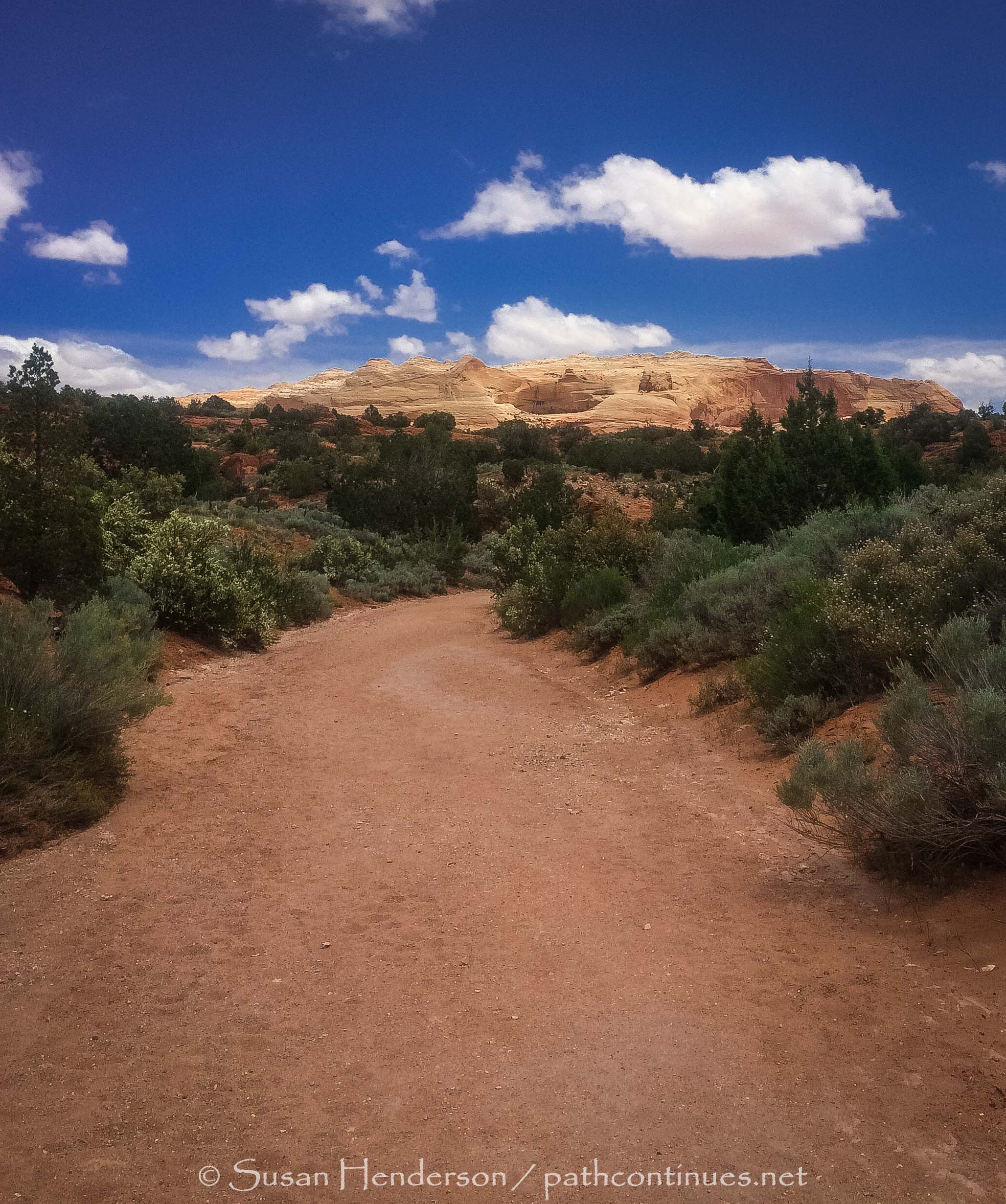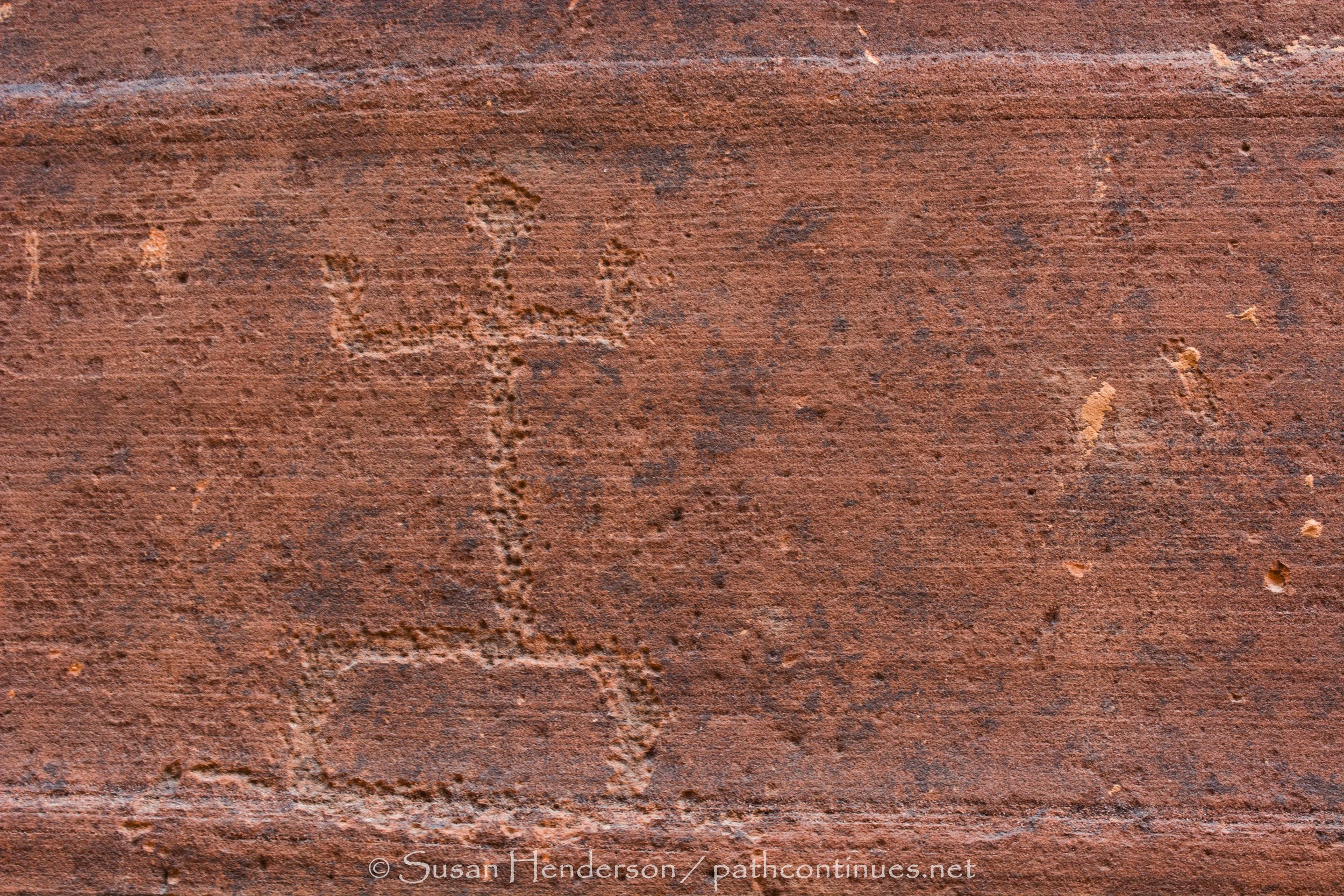Nothing can really prepare you for your first experience in a slot canyon. A few years ago, Bob and I ventured into Southern Utah on a “5 Great National Parks of Utah” tour. We only had a month at that time, but we managed to do Arches, Canyonland, Capitol Reef, Bryce and Zion. BUT…. we also made it to Grand Staircase Escalante National Monument that is positioned in between Capitol Reef and Bryce. It encompasses an enormous area of land, over 1,880,461 acres in southern Utah. Thinking we would actually see a “staircase”, was surprised to find out it is named this because of the series of plateaus that descend from Bryce canyon south toward the Grand Canyon, marked by vertical drops at the Pink Cliffs, Grey Cliffs, White Cliffs, Vermillion Cliffs and Chocolate Cliffs.
This year we had a lot more time to spend in this beautiful area. We had planned for a month, just in Grand Staircase, and we started in the Vermillion Cliffs, west of Page, AZ, and then wandered up through Kanab to park for three weeks off of Hole in The Rock Road just east of the town of Escalante, UT.
Our first slot canyon for this year was actually over in Lower Antelope Valley, but it was not the experience we were searching for. While absolutely beautiful in every way, Antelope is a very popular area and is only visited with a designated tour guide. Your time inside the actual canyon is extremely limited, and the cost is high. (40.00 per person – approx. 40 minute tour). Located on Navajo land, the tours in the Lower area are run by a brother and sister team. The colors in the canyon were so amazing, but I felt like my eye never left the viewfinder trying to capture it with the camera. I didn’t get the solitude feeling that a slot canyon can bring on and nurture in your soul.
But……the canyons of Escalante are open to all to with a simple day use permit. You can spend a day, you can spend the night. You just have to obtain a permit at one of the BLM offices in the area, or fill it out at the trailhead. We were boondocking right outside the Paria office, but we filled out our permit the day we hiked at the trailhead.
Buckskin Gulch, known as the longest slot canyon in the west – via Wire Pass Trailhead was our destination this day. It was an incredible hike, on a beautiful – but slightly overcast day - and had everything we were looking for. Narrow slots, wide open ones also, slick rock to climb, moss draped rocks, amazing colors, 400’ soaring canyon walls, blooming cacti everywhere and a few challenging climbs. After going almost 2 miles in Wire Pass it will open up and you’ll arrive at the confluence of Wire Pass and Buckskin Gulch, but before you exit Wire Pass, look closely on the canyon wall on the right-hand side. You’ll see a panel of petroglyphs of bighorn sheep. We went about 4 miles in before we turned around, making it a nice 8+ mile day. If we had proceeded to the confluence with the river, and then on to White House Trailhead it would have been another 16, and we would have had to have a vehicle at each trailhead.
Hints:
Permits are needed. $6.00 per person/ You can pick it up ahead of time at Paria, or just fill one out at the trailhead.
This is also where “The Wave” is located. I highly sought-after slot canyon that is only open to 20 people per day. Permits for that can be obtained online, 6 months in advance is a good try, and also through the lottery in Kanab. We tried, but didn’t get one.
The slot canyons can be VERY DANGEROUS if there is any chance of precipitation upstream. Know the weather, and heed the warnings. You will see many places in the canyon where debris has been lodged 20’ up when the water was rushing through.
When you first enter the slot canyon there is a massive rock slide that is about 8’ tall. We didn’t feel comfortable about getting back out, gravity would have gotten us down, so Bob went up and over the slick rock and found us a “social” trail to follow. A bit more climbing, but it drops you down about ¼ mile into the canyon. Make sure and walk back up and see that part also.
You may need water shoes depended on what time of year you are hiking.
Small rattlesnakes are prevalent, we were told, but thankfully…we never saw any.












